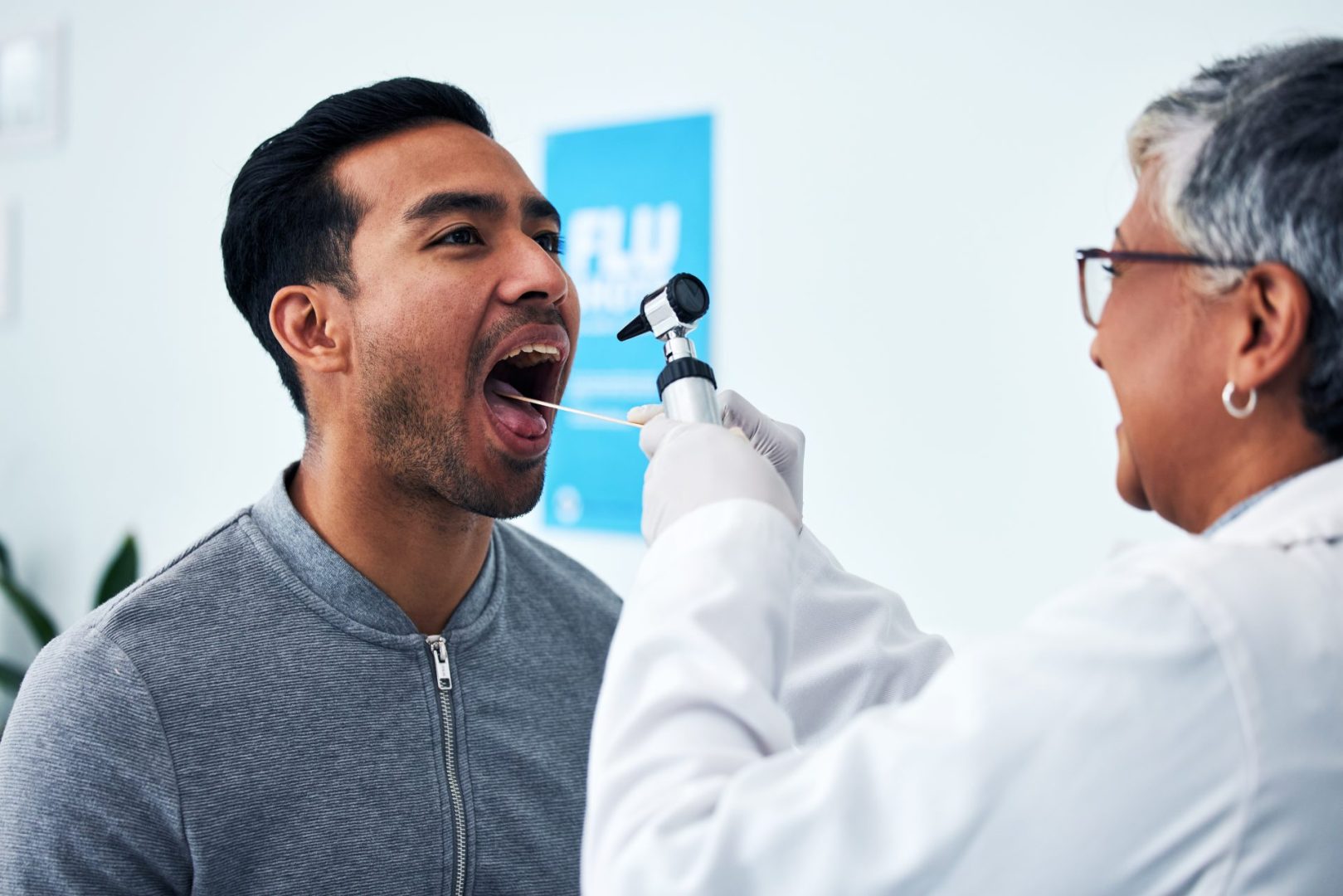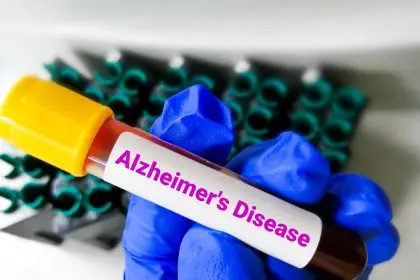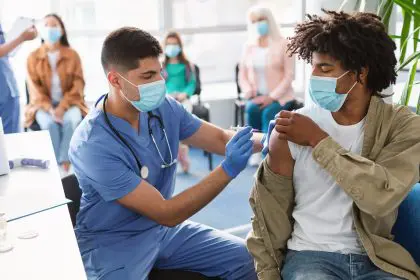Recent high-profile discussions in the media have brought increased attention to human papillomavirus (HPV) and its connection to oral cancer. While celebrity revelations might generate headlines temporarily, the medical reality behind these stories deserves serious consideration. Oral cancer diagnoses linked to HPV continue to rise annually, creating what many health professionals consider a concerning trend that warrants greater public awareness.
The relationship between sexual health and certain cancers remains an uncomfortable topic for many, but understanding these connections could prove lifesaving. Medical experts emphasize that knowledge about transmission, prevention, and detection represents the most effective defense against these increasingly common health threats.
The surprising prevalence of HPV-related oral cancers
The statistics paint a sobering picture of how HPV has changed the landscape of oral cancer diagnoses. According to data from the American Cancer Society, over 12,000 individuals received diagnoses of oral cancer affecting the throat, base of tongue, or tonsils in 2010. Most concerning to health officials, approximately 75 percent of these cases had direct links to HPV infection.
This trend has continued upward, with current estimates suggesting that HPV-related oropharyngeal cancers have surpassed cervical cancer in annual incidence in the United States. This shift represents a significant change in how medical professionals approach oral cancer screening and prevention.
The demographic profile of those affected has also evolved. While oral cancers traditionally affected older individuals with histories of tobacco and alcohol use, HPV-related oral cancers frequently appear in younger patients, including those in their 30s and 40s who may have never used tobacco products.
Understanding the full spectrum of HPV health impacts
While the connection to oral cancer has gained recent attention, HPV’s potential health impacts extend much further. The virus comprises over 150 related strains, with certain high-risk types associated with various cancers throughout the body.
Beyond oral cancers, HPV infections can lead to cervical, vaginal, and vulvar cancers in women. The virus also increases risk for penile cancers in men and anal cancers regardless of gender. Even low-risk HPV strains can cause significant health concerns, including genital warts that require medical intervention.
The diverse manifestations of HPV infection make understanding prevention and testing protocols essential for comprehensive health protection. Many healthcare providers now recommend discussing HPV risks as part of regular preventive care conversations for all patients, regardless of gender or sexual orientation.
Prevention options through vaccination
Medical advances have created powerful preventive tools against HPV-related cancers. The HPV vaccines Gardasil and Cervarix can effectively prevent infections from the most dangerous HPV strains associated with cancer development.
However, timing proves critical when it comes to vaccination effectiveness. Health officials strongly recommend vaccine administration before individuals become sexually active. The vaccines work by preventing initial infection rather than clearing existing infections, making early protection the most effective approach.
For adults who have already been sexually active, the vaccine’s benefits depend on whether they’ve been previously exposed to high-risk HPV strains. Healthcare providers can help determine if vaccination might still offer protection based on individual circumstances and risk factors.
Current guidelines recommend routine vaccination for children starting at age 11 or 12, though the series can begin as early as age 9. Catch-up vaccination remains recommended for those under 26 who haven’t completed the series. Some adults between 27 and 45 might benefit from vaccination after discussion with healthcare providers about their specific risk factors.
The detection challenge with oral HPV
One significant challenge in addressing oral HPV involves the limitations of current screening methods. While cervical HPV can be detected through routine Pap smears, allowing for early intervention, comparable screening tests for oral HPV infections don’t exist in standard clinical practice.
This screening gap means many oral HPV infections remain undetected until they’ve progressed to precancerous or cancerous conditions. Medical researchers continue working to develop reliable oral screening protocols, but current options remain limited.
The detection challenge underscores the importance of recognizing potential symptoms and seeking prompt medical evaluation when concerns arise. Regular dental examinations that include comprehensive oral cancer screening represent one practical approach to earlier detection.
Healthcare providers increasingly incorporate visual examination of the mouth, throat, and neck into routine checkups, particularly for patients with known risk factors for HPV exposure or oral cancer development.
The natural course of HPV infections
The human immune system demonstrates remarkable ability to clear many HPV infections without medical intervention. Current research indicates that most people exposed to HPV will naturally eliminate the virus within one to two years without developing health complications.
However, persistent infections with high-risk HPV strains create the greatest cancer risk. When the virus remains in the body for extended periods, it can cause cellular changes that eventually lead to cancer development. Scientists continue studying why some individuals successfully clear infections while others develop persistent cases.
Factors that appear to influence the body’s ability to eliminate HPV include immune system function, genetic factors, and lifestyle choices. Maintaining strong overall health through proper nutrition, adequate sleep, stress management, and avoiding tobacco products may support the immune system in clearing infections more effectively.
Treatment approaches for HPV-related oral cancers
When oral cancers do develop, treatment options have expanded significantly in recent years. Traditional approaches include surgery, radiation therapy, or chemotherapy, often in combination depending on the cancer’s stage and location.
Recent advances have introduced more targeted treatments that reduce side effects while maintaining effectiveness. These include transoral robotic surgery, which allows surgeons to remove tumors with greater precision and less damage to surrounding healthy tissue.
Immunotherapy represents another promising frontier, helping the body’s immune system recognize and attack cancer cells specifically. This approach often produces fewer side effects than traditional chemotherapy while proving particularly effective against certain HPV-related cancers.
Early detection significantly improves treatment outcomes, emphasizing the importance of recognizing potential symptoms and seeking prompt medical evaluation when concerns arise.
Recognizing warning signs and symptoms
Awareness of potential symptoms can lead to earlier detection and more successful treatment outcomes. Common indications of oral HPV infection or related cancers include persistent hoarseness lasting more than two weeks, consistent sore throat that doesn’t respond to typical treatments, and pain or difficulty when swallowing.
Physical signs that warrant immediate medical attention include lumps or masses in the neck, non-healing sores in the mouth, and unexplained weight loss. Ear pain on one side can also indicate a potential issue requiring evaluation.
Many of these symptoms can result from less serious conditions, but persistent problems lasting more than two weeks deserve professional assessment. Healthcare providers can determine appropriate next steps, which might include referral to specialists in otolaryngology (ear, nose, and throat medicine) or oral medicine.
Practical risk reduction strategies
While no prevention method provides absolute protection, several practical approaches can significantly reduce HPV transmission risk. Using barrier methods like condoms or dental dams during oral sex creates physical protection that reduces direct contact with potentially infected tissue.
Limiting sexual partners naturally reduces potential exposure to HPV, as does maintaining open communication about sexual health history with partners. Many healthcare providers recommend couples undergo testing together before beginning sexual relationships, though standard STI panels don’t typically include comprehensive HPV testing.
Additional lifestyle factors can influence cancer risk even after HPV exposure. Reducing or eliminating tobacco use and moderating alcohol consumption significantly decreases oral cancer risk, particularly when combined with other preventive measures.
Regular dental examinations that include oral cancer screening represent another practical defensive measure, potentially identifying concerning changes before they progress to advanced stages.
The importance of destigmatizing HPV discussions
Perhaps the most significant barrier to addressing HPV-related health concerns involves the social stigma surrounding discussion of sexually transmitted infections. Medical professionals emphasize that HPV infection is extremely common, with most sexually active adults acquiring at least one strain during their lifetime.
Creating more open dialogue about HPV can encourage preventive measures, timely medical consultation, and support for those facing diagnoses. Healthcare providers increasingly approach HPV as a normal health concern rather than a moral issue, focusing conversations on practical prevention and early detection.
Parents play crucial roles in prevention by having age-appropriate discussions about sexual health with children and considering HPV vaccination as part of routine preventive care. Educational institutions, healthcare facilities, and public health campaigns continue working to normalize these important health conversations while providing accurate information about risks and prevention options.
By approaching HPV with medical accuracy rather than judgment, communities can better protect themselves from preventable cancers while supporting those facing diagnoses with compassion and effective treatment options.












